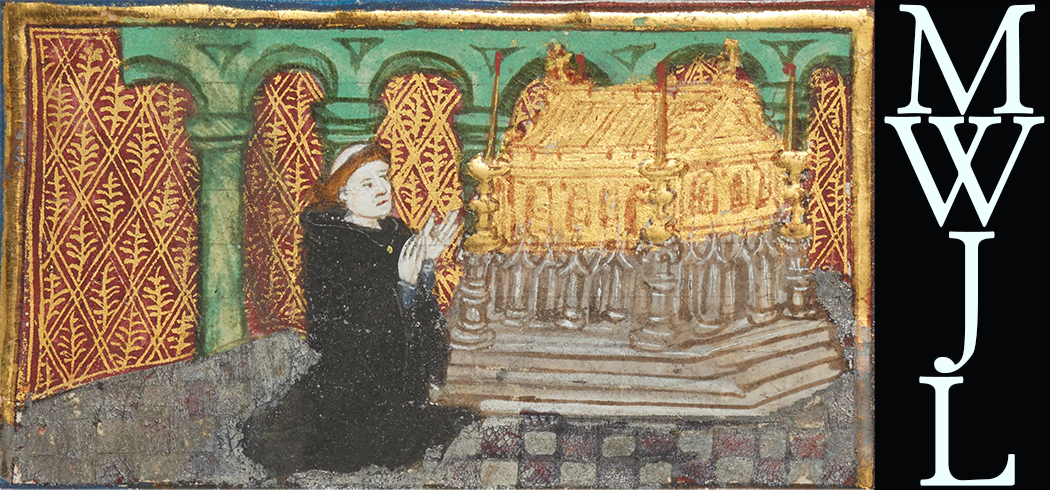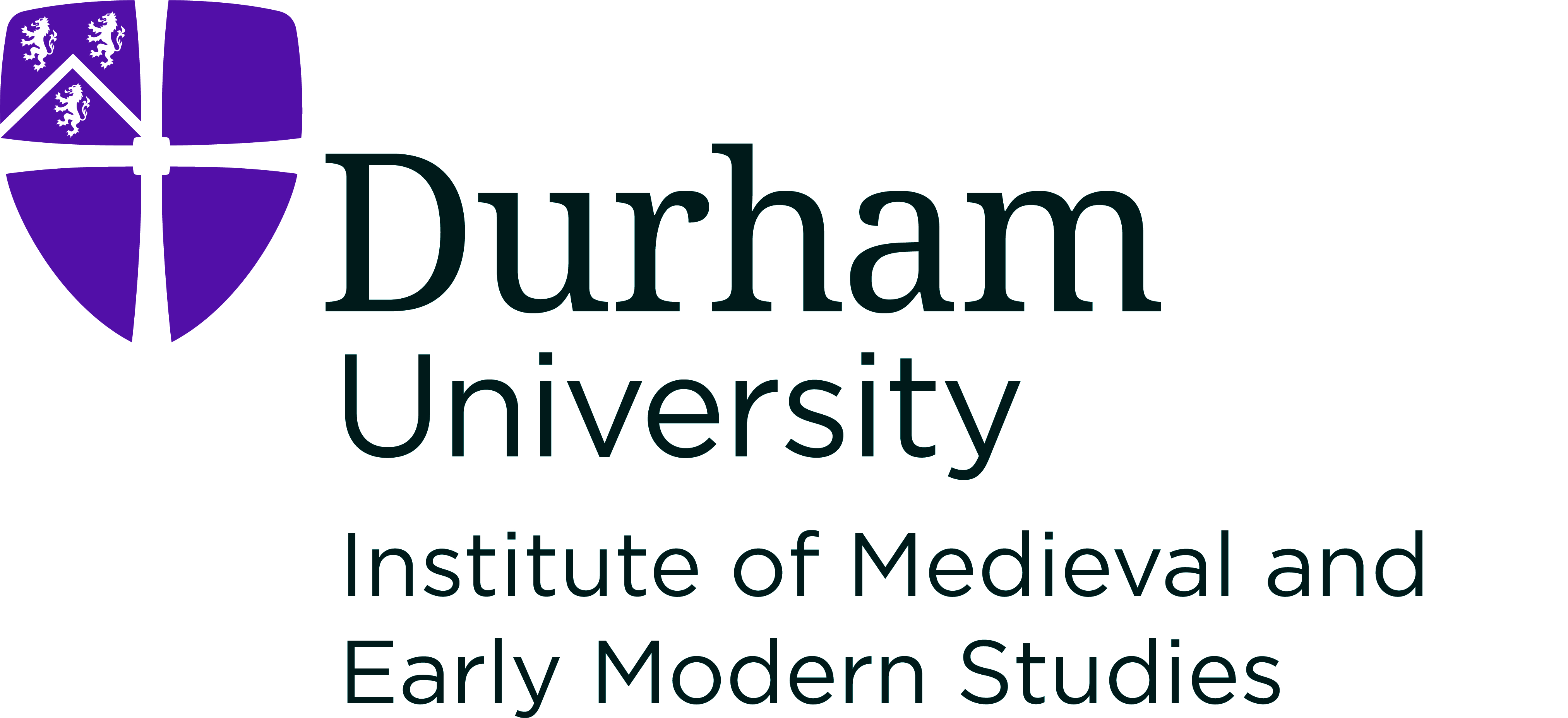 A Mumming at Hertford:
Trinity R.3.20 Verses
A Mumming at Hertford:
Trinity R.3.20 Verses
HomeAbout the ArchiveAbout John LydgateWorksManuscriptsAbout this ManuscriptEditorial ApparatusContactVisualization
Folio 23 Recto (Page 45)
Compare Witnesses: •
ɲ
At Cristemasse At Hertford •ɲ
Ner a wolfesse for al hir
thraunye •Ouer þe wolf to haven þe maystrye •
þer beonn nowe wolfesses / moo þane twoo or
three •
þe Rookys recorde / wheeche þat yonder bee •
Sooþe to þis mater / of mercy and of grace •
And or þeos dotardes parte out of þis place •
Vponn þeyre compleynt to shape remedye •
Or þey beo likly to stande in Iupardye •
It is no game with wyves for to pleye •
But for foolis / þat gif no force to deye •
ɲ
Takeþe heed of þaunswer of þe
wyves •ɲ
Touching þe substance of þis
hyegħe discorde •We six wyves beon ful of oon acorde •
yif worde and chyding / may vs not avaylle •
Iupart oure rigħt /
laate or ellys Raathe •
And for oure partye / þe worthy wyff of
Bathe •
Howe wyves make hir housbandes wynne heven •
Maugre þe feonde and al his vyolence •
ffor þeyre vertu of parfyte pacyence
•
parteneþe not to wyves nowe
adayes •
Sauf on þeyre housbandes for to make assayes •
Notes
-
MacCraken has rendered this as "yee" based on "you" and "youre" in line two of the previous grouping. The gylph, however, does not match the scribe's rendering of "y" elsewhere in the manuscript and lacks the tittle that the scribe intermittantly uses to render "y" throughout or the flourish used consistently to terminate "y." BL Add. 29729 has "the" here. ↩
-
MacCraken has a comma terminating his line, which is his rendering of the line filler that I believe the otiose mark to be. ↩
-
MacCraken has an "e" for the seventh glyph here, but it lacks the loop of the scribe's "e" and looks similar to "o" as rendered both in this word and throughout the manuscript. Furthermore, BL Add. 29729 renders the corresponding glyph as "o" as well. ↩
-
The scribe appears to have written "r" over "f" or "s" here. ↩











